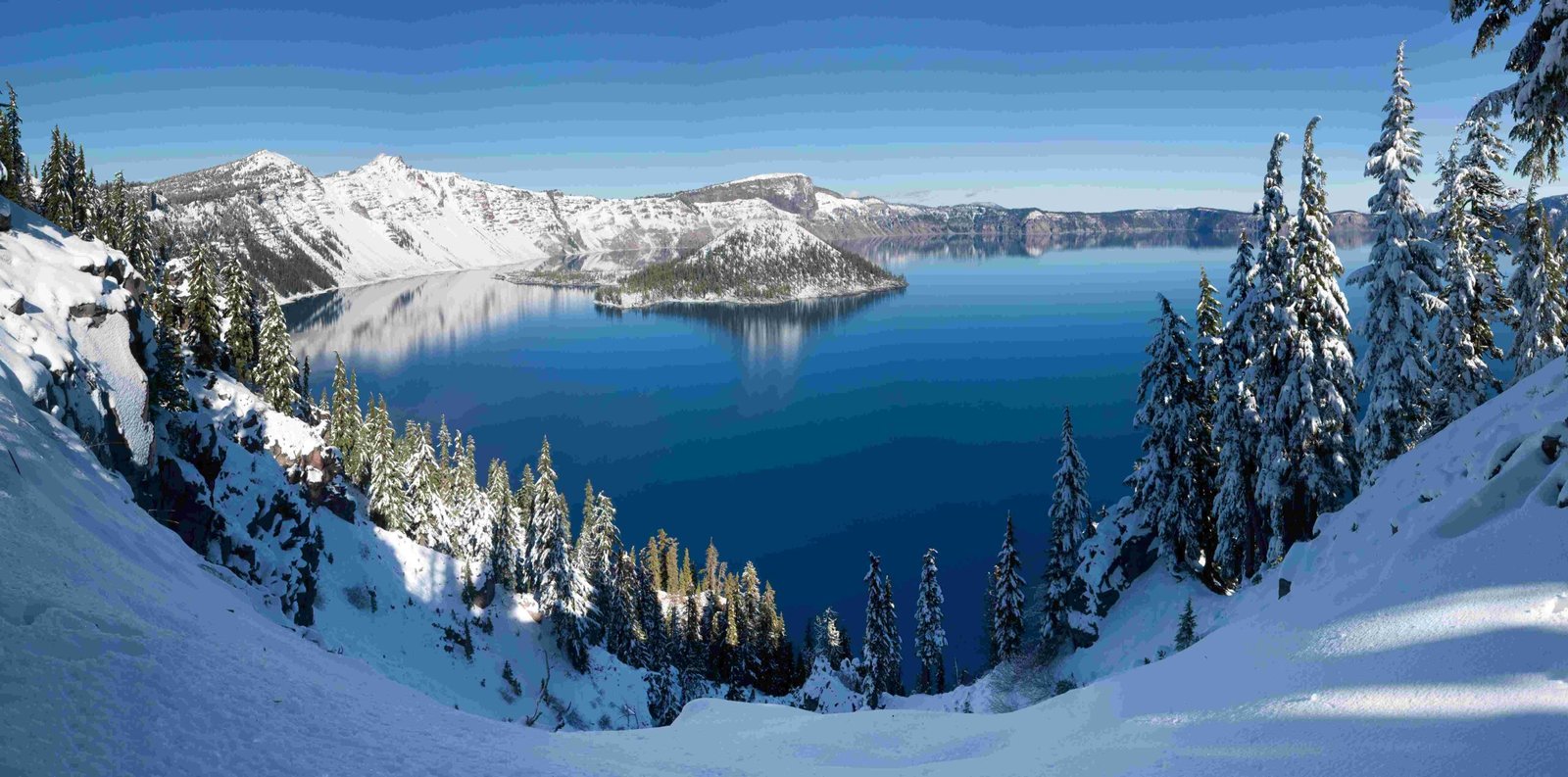Crater Lake represents a remarkable environmental microcosm where volcanic history, geological transformation, and ecological adaptation converge. The lake’s formation 7,700 years ago dramatically reshaped the landscape, creating a unique ecosystem that continues to evolve through complex interactions between geological processes, native species, and conservation efforts. This extraordinary environment demonstrates nature’s resilience and intricate balance in a post-volcanic landscape.
What Geological Processes Define Crater Lake’s Environmental Impact?

Crater Lake’s environmental impact begins with its dramatic geological origin. When Mount Mazama catastrophically erupted and collapsed approximately 7,700 years ago, it created a massive caldera spanning 5 miles wide. This volcanic event fundamentally transformed the landscape, generating:
- Volcanic Rock Composition
- Pumice and volcanic ash foundations
- Cliff structures surrounding the caldera
- Unique soil mineral composition
How Does Volcanic Geology Influence Ecosystem Development?
The volcanic substrate profoundly influences ecosystem development through several critical mechanisms:
- Soil Mineral Composition
- Nutrient-rich volcanic ash
- Porous geological structure
-
Enhanced mineral availability for plant growth
-
Topographical Transformation
- Creation of diverse microhabitats
- Varied elevation zones
- Complex terrain supporting multiple ecological niches
What Biodiversity Characteristics Emerge from Crater Lake’s Environment?

| Biodiversity Category | Species Count | Unique Characteristics |
|---|---|---|
| Native Plant Species | 700+ | Adapted to short growing seasons |
| Zooplankton Species | 11 | Specialized lake ecosystem |
| Introduced Fish Species | 2 | Kokanee salmon, Rainbow trout |
What Ecological Challenges Exist in Crater Lake’s Ecosystem?
Crater Lake’s ecosystem faces multiple conservation challenges:
- Invasive plant species management
- Altered forest structures from historical logging
- Maintaining native species populations
- Balancing introduced species interactions
How Do Conservation Efforts Address Environmental Impacts?
Conservation strategies focus on:
- Invasive Species Control
- Systematic removal of non-native plants
- Monitoring ecosystem balance
-
Protecting native plant communities
-
Forest Restoration
- Prescribed burning techniques
- Regenerating ponderosa pine forests
- Restoring original ecological structures
What Water Quality Characteristics Define Crater Lake?
Crater Lake exhibits exceptional water quality characteristics:
- Extreme clarity
- No external water inflows
- Minimal mineral contamination
- Unique algal adaptations at significant depths
What Long-Term Environmental Significance Does Crater Lake Represent?
Crater Lake serves as a critical environmental research site, offering insights into:
- Volcanic ecosystem recovery
- Long-term geological transformation
- Ecological adaptation mechanisms
- Climate change impact studies
Conclusion: A Living Environmental Laboratory
Crater Lake transcends being merely a geological wonder, representing a dynamic environmental system where geological processes, biological adaptation, and conservation efforts continuously interact.
